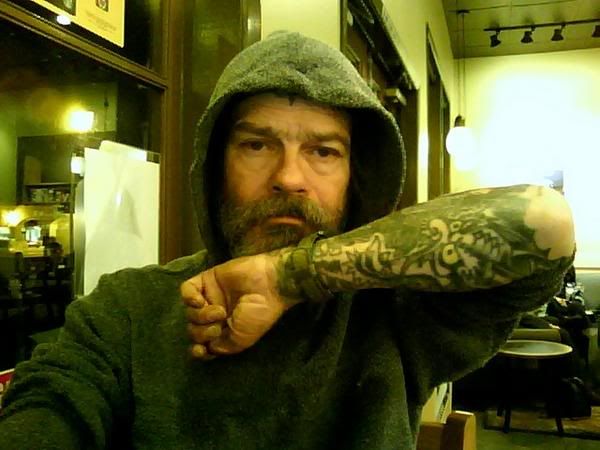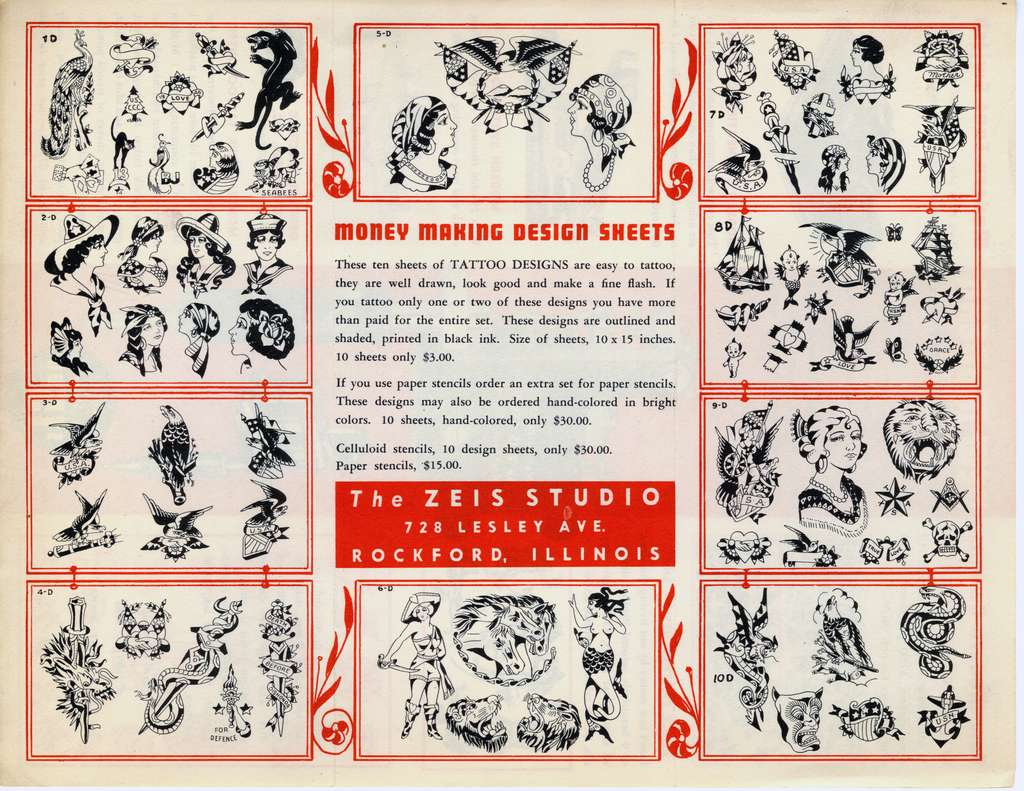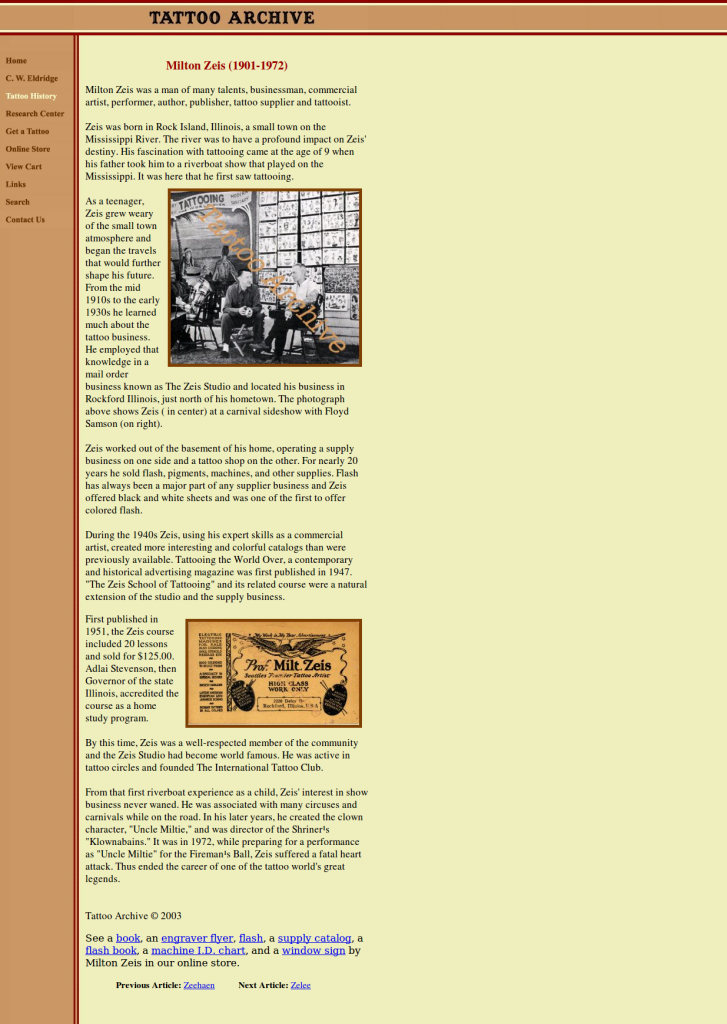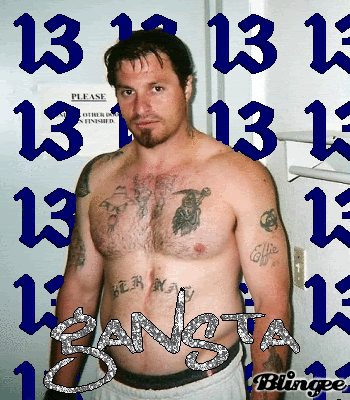


THE BACK ARMS show the WORK of GREG MAY, or "Capt. Greg" that HE DID on me AFTER HE RETURNED from a VISIT TO San Diego, to MEET DON ED HARDY, in , I Guess, 1972...HE ALSO TOLD ME HE TRAVELED TO HIWAII TO MEET SAILOR JERRY, however, I am not certain, Jerry Might have been in SAN DIEGO meeting Don Ed...whatever, GREG CAME BACK ALL HYPED UP about JAPANEESE TATTOOING, and I RECEIVED TWO GREAT JAPANEESE STYLE TATTOOS at a GREAT PRICE , nothing is free! AS YOU CAN SEE, the TIGER, And the DRAGON, on my Back Arms. THE "TIGER" is TODAY STILL AS BRIGHT & COLOURFUL as it was 40 Years ago when GREG put it on!

ANOTHER SHOT of GREG'S DRAGON, 40 Years Old!
GREG'S WIFE- Shelia May, PUT THE WINGED DEVIL THING you see on my LEFT ARM, it was the FIRST PROFESSIONAL TATTOO I EVER GOT, & she was ONLY WORKING in Greg's Shop on SUNDAYS, so he could have a day of rest. My Little Wife was with me, It was EARLY 1972, SNOW had kept me from driving to CLIFF RAVEN'S 900 West Belmont studio that day.
lakegenevatattoo.com
ABOUT ME
In 1955 Greg May opend the first shop in Kenosha, WI and thru the 60s
he tattoed there with tats thomas. Then in 1968 Kenosha did the same as
Milwaukee and put a ban on tattooing. Once again Greg was forced to find
a new location. In 1969 Greg May opend the shop in its new location
which would then be called the now world famous Lake Geneva Tattoo.
Greg
and crew spent many years putting out some the countrys best and
cleanest tattoos. Many well known artist worked in this shop during that
time names like Tats Thomas , Chicago ED, Dragon Dave, Sheila May, Doc
Fin and his Brother, and many others. Greg also worked and coresponded
with Sailor Jerry , Don Ed Hardy , Lyle Tuttle and many others. What an
incredible time in tattooing. Also during this time Greg taught Sheila
how to tattoo and guess what came from that? Cosmetic tattooing. Sheila
May went on to be the leading queen of cosmetic tattooing , tattooing
names like Dolly Parton , Michael Jackson, Joanna Kerns and many others
that stay anonymous
In
the 70s and 80s Greg Kremser now known as Little Greg became fascinated
with tattooing. Getting his first tattoo from Greg May he became hooked
on tattoos. Little Greg then started on his way to becoming a tattoo
artist and piercer. Little Greg had always been a natural artist being
able to draw or create many art forms at an early age. The quest to
become a master tattoo artist during his self teaching brougt him to
Greg May. Little Greg spent some time being taught tricks from Greg May
who realized very quickly that Little Greg was a natural and quickly
offered him a job. Little Greg spent the next few years working with
Captain Greg May and Chicago Ed .
Lake
Geneva Tattoo has a long history starting with Greg May in the 60s Greg
May started out as Gregs floating tattoo parlor moving all over the
chicago land area and sothern wisconsin.
AN OLD FLASh ADVERTISER FROM ZEIS SCHOOL OF TATTOOING, before he moved to 2220(?)DELCEY STREET.
















































